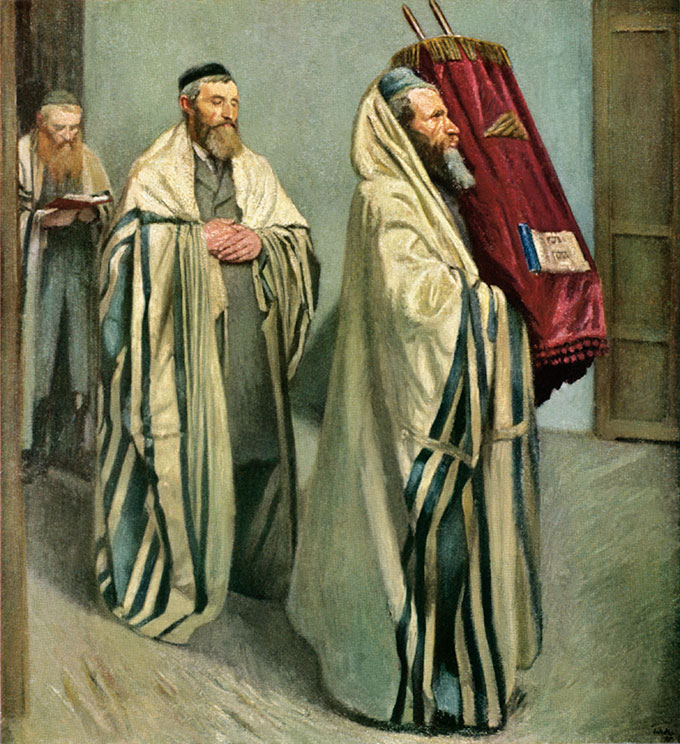Torah

Torah
The Exile was a traumatic experience for the Israelites. They did not know if they would ever be able to return to their homeland and worship God in the Temple. The task, then, was to lay the groundwork for a religion that could continue to exist without the land and without the Temple. The natural focus for such a religion is Scripture, the sacred writings of priests, prophets, and chroniclers. Israelite authors and editors living in exile refashioned ancient stories, added new stories, revised the laws, and completed work on historical accounts. Their work amounted to the formation of the basic text of what we know as the Old Testament. In this way they turned the Exile, a horrible experience for the people, into a positive experience benefiting their descendants.
Torah Scrolls
The Torah scrolls contain the text of the first five books of the Bible. Jewish law governs every detail in the preparation of a Torah scroll. Only the skin of a kosher animal may be used to make the scroll. The ink must be fresh and cannot contain metal. A fine point, non-metallic pen must be used, and the copy must be made by a pious and well-trained scribe. He must pronounce every word before writing it, and he must be at prayer the whole time he is writing. There cannot be a single mistake in the entire text. Once the scroll is finished, it is placed in a decorated container and is ready for use in Jewish celebrations. In the synagogue the Torah scroll is kept in the Ark, an acronym of aron kodesh, meaning “holy chest.” This cabinet is centrally located in the synagogue and is appropriately decorated. All these details reflect the profound respect Jews have for the Torah, God’s law given to Moses and the Israelites.
Simchat Torah
Simchat Torah, Hebrew for “rejoicing in the law,” celebrates the conclusion of the annual reading of the Torah. Simchat Torah is a joyous festival in which Torah scrolls are carried or danced around the synagogue seven times. During the Torah service the concluding section of Deuteronomy is read and, immediately following, the opening section of Genesis.

